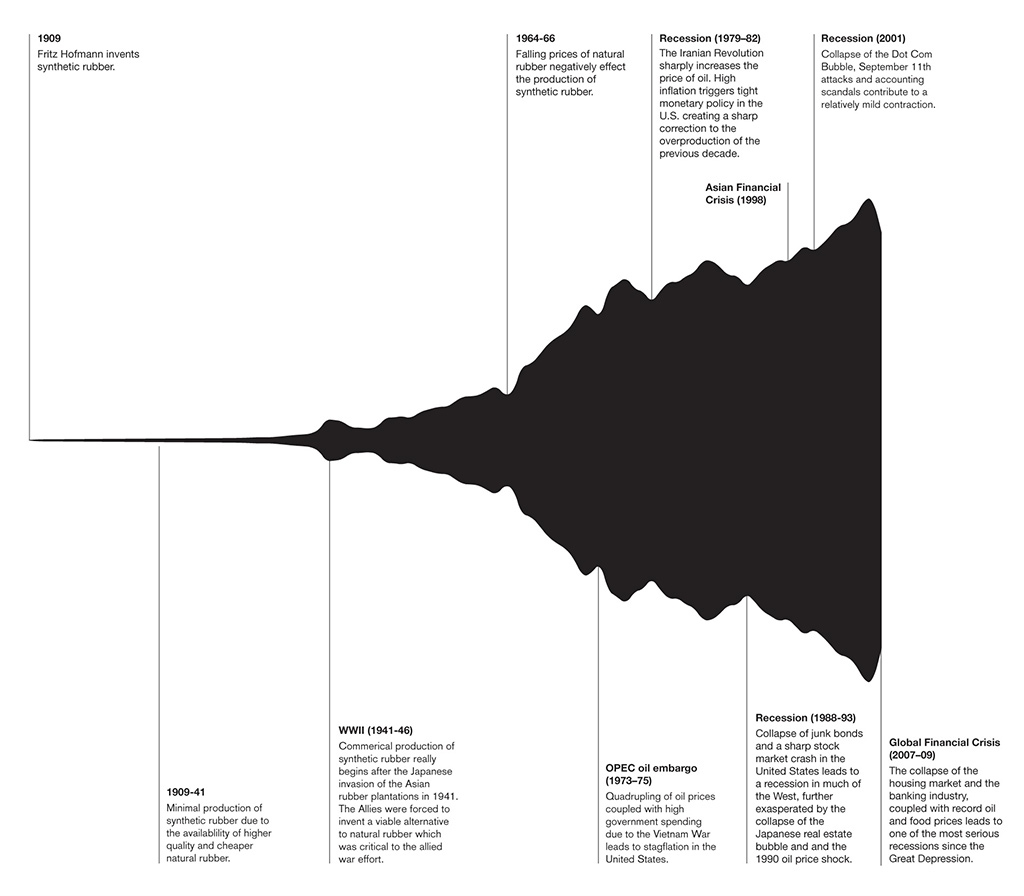Since its debut in 1975, “Wheel of Fortune” has transcended its role as a game show to become a significant cultural phenomenon. Its unique format, engaging gameplay, and charismatic hosts have made it a staple of American television. This article explores the various ways “Wheel of Fortune” has influenced pop culture, from its impact on language and entertainment to its role in shaping social interactions and community engagement.
The Origins of Wheel of Fortune

“Wheel of Fortune” was created by Merv Griffin, who devised the show as a blend of a traditional word puzzle game and a spinning wheel that determines cash prizes. Initially airing as a daytime program, its primetime version quickly gained popularity. The show features contestants spinning a large wheel to win cash and prizes while solving word puzzles. Its simple yet compelling format has endeared it to millions over the decades.
The Game Show Format and Its Appeal
The appeal of “Wheel of Fortune” lies not only in its gameplay but also in its format. The show’s blend of luck, skill, and strategy resonates with viewers. Key elements include:
- Interactive Gameplay: Viewers often play along at home, enhancing their engagement.
- Prizes and Rewards: The chance to win significant prizes adds excitement and incentivizes participation.
- Charismatic Hosts: Pat Sajak and Vanna White have become cultural icons, contributing to the show’s relatability.
Language and Catchphrases

“Wheel of Fortune” has contributed significantly to popular culture through its unique language and catchphrases. The phrase “I’d like to buy a vowel” has entered the vernacular, used humorously in various contexts. This phenomenon highlights how television can shape language and communication. Other phrases such as “spin the wheel” and “solve the puzzle” are frequently referenced in everyday conversations, often symbolizing decision-making and problem-solving scenarios.
Impact on Entertainment and Media
The influence of “Wheel of Fortune” extends beyond the television screen. It has inspired numerous adaptations and parodies across various media platforms:
- Game Shows: Many shows, such as “The Price Is Right” and “Family Feud,” have drawn inspiration from its format.
- Parodies: Comedic shows like “Saturday Night Live” and “The Simpsons” have created memorable sketches that parody the game show format.
- Board Games and Video Games: The game has spawned various board games and video games, allowing fans to experience the excitement in their homes.
Social and Community Engagement
“Wheel of Fortune” has also played a crucial role in community engagement. The show often features contestants from diverse backgrounds, showcasing stories that resonate with viewers. By doing so, it fosters a sense of community and shared experience. Some notable aspects include:
- Charity Events: The show frequently hosts special episodes where contestants play for various charities, raising millions of dollars.
- Viewer Participation: Fans can participate in online games and contests, reinforcing their connection to the show.
- Cross-Generational Appeal: The show attracts viewers of all ages, making it a family-friendly program that can be enjoyed together.
Statistics and Viewership Trends
The sustained popularity of “Wheel of Fortune” is evident in its impressive ratings and viewership statistics:
- The show consistently ranks among the top-rated syndicated programs, often attracting over 10 million viewers per episode.
- According to Nielsen ratings, “Wheel of Fortune” was the most-watched syndicated game show in 2020, highlighting its enduring appeal.
- Despite the rise of digital streaming, “Wheel of Fortune” has maintained a loyal following, with many fans tuning in regularly.
Global Influence and International Versions
![[타로 재회] 10번. WHEEL OF FORTUNE (운명의 수레바퀴) 역방향 해석](https://blogger.googleusercontent.com/img/b/R29vZ2xl/AVvXsEhV1Ugpx16TgIQG3aKBazOMVhX_sSVk2mmnZsMvg4xsMr7v5xxQ5vJlsbzDH7qFBDUee47xXKmZqVKtIIQkKyLbK1nqyMjTG-e6Aim2xBGFt-4sxh4foS9XfkRnl55LkHIW_Hj4x6ZF8XMkrAY-9_LLMCTRUOMxhbsn9YpdHoUeKHkKELPt6W0B9ufiB8-Y/w1600/WHEEL OF FORTUNE_f.png)
The success of “Wheel of Fortune” has led to international adaptations, showcasing its global appeal. Countries such as the UK, Australia, and Germany have developed their versions of the show, demonstrating how the core concept resonates across cultures. Each adaptation incorporates local elements, cultural references, and language, making it relatable to the respective audience.
Merchandising and Brand Collaborations
Another significant aspect of “Wheel of Fortune’s” influence in pop culture is its merchandising and collaborations. The show has expanded its brand through various products and partnerships, including:
- Merchandise: From board games to clothing lines, “Wheel of Fortune” has capitalized on its brand to create products that resonate with fans.
- Promotional Collaborations: The show has partnered with various brands, integrating them into the gameplay and creating unique promotional opportunities.
- Digital Presence: The show’s website and social media accounts engage fans with interactive content, quizzes, and contests, further solidifying its brand presence.
Conclusion: The Lasting Legacy of Wheel of Fortune

“Wheel of Fortune” has undoubtedly left a significant mark on pop culture. Its influence extends beyond entertainment, shaping language, community interactions, and even global media. As it continues to capture the hearts of audiences, the show remains a testament to the power of simple yet engaging television. Its legacy is reflected in the countless adaptations, catchphrases, and cultural references that have emerged since its inception.
In summary, the impact of “Wheel of Fortune” on pop culture is profound and multifaceted. It serves as a reminder of the power of television to create shared experiences, foster community, and influence language and behavior. As the show continues to evolve, its place in the tapestry of American culture remains secure, ensuring that it will be a beloved fixture for generations to come.




